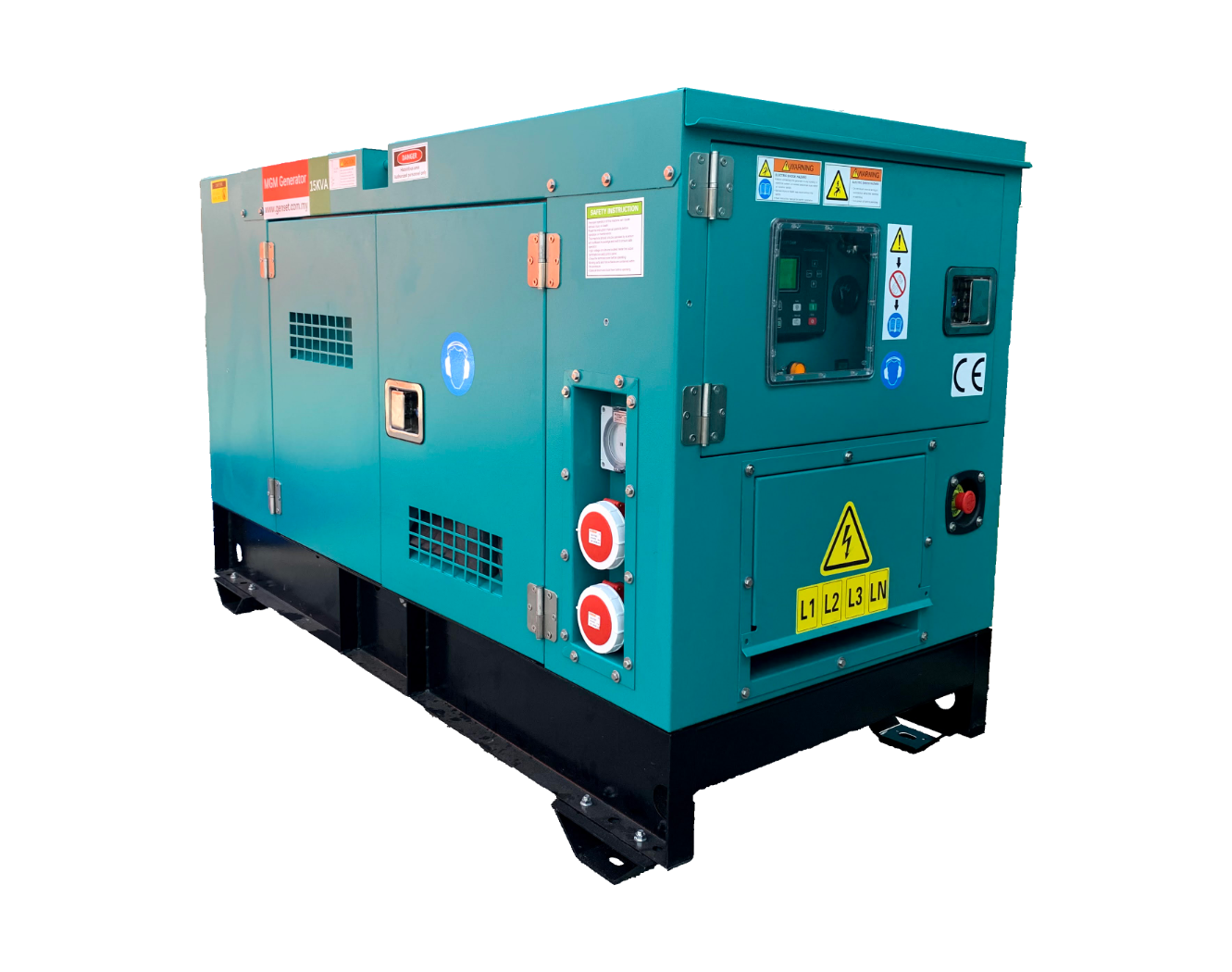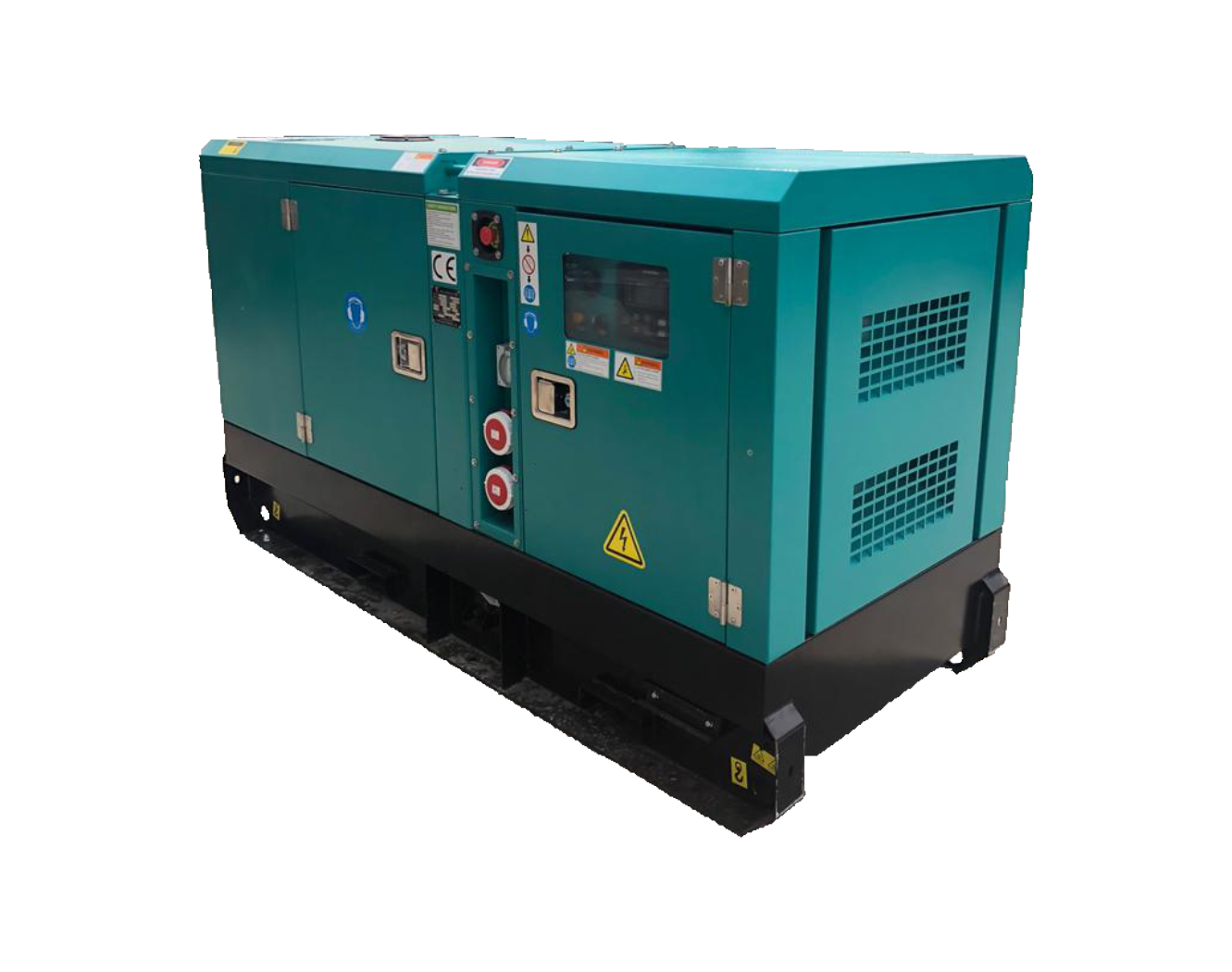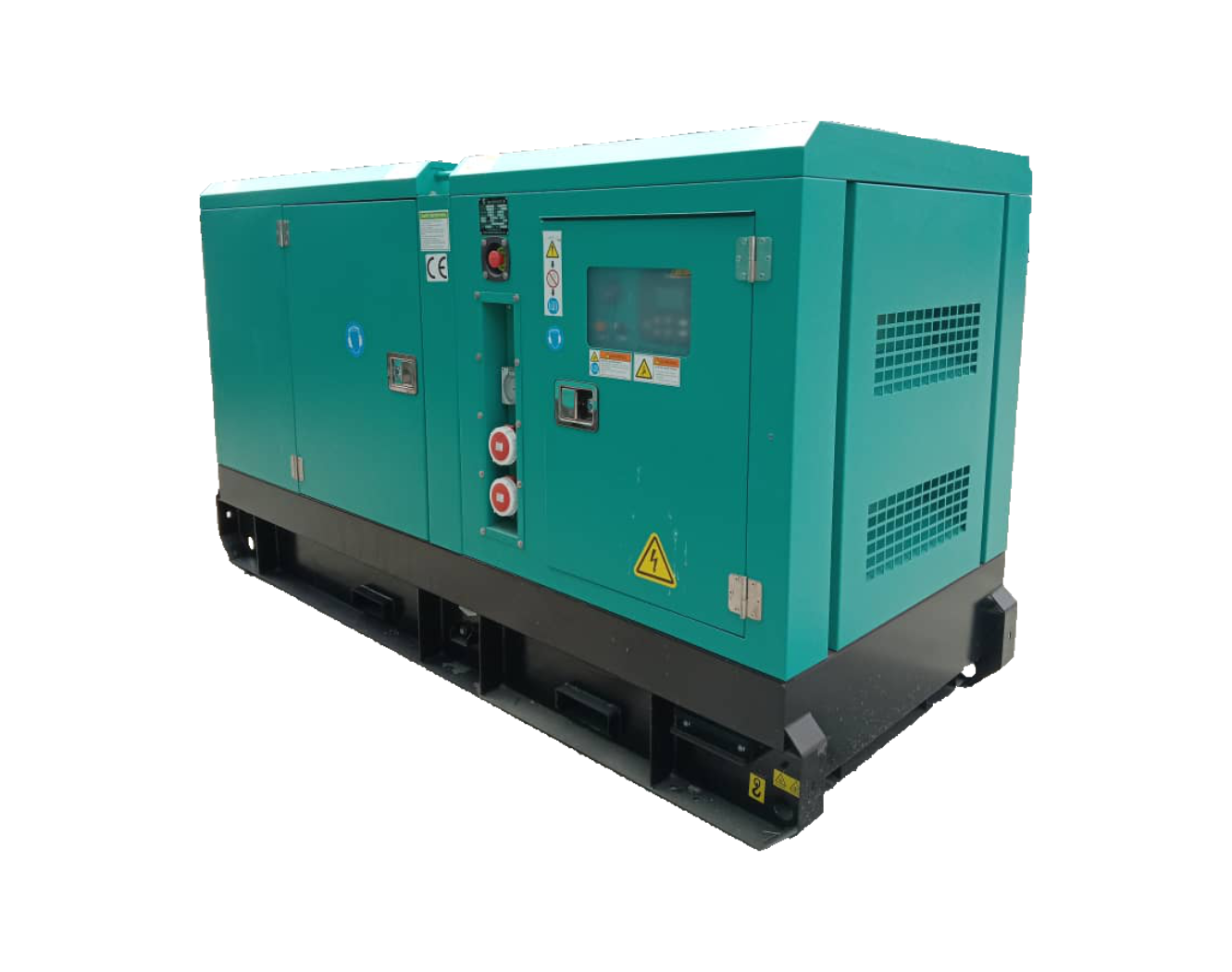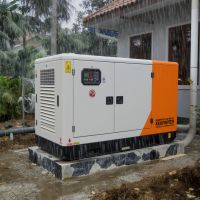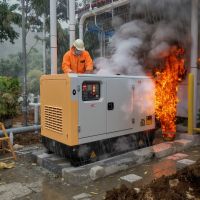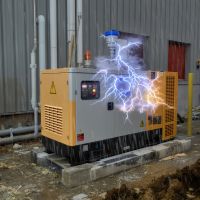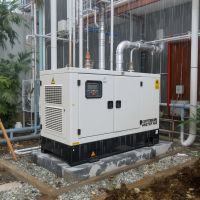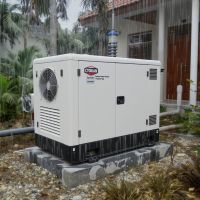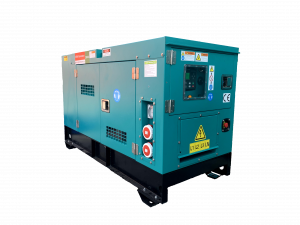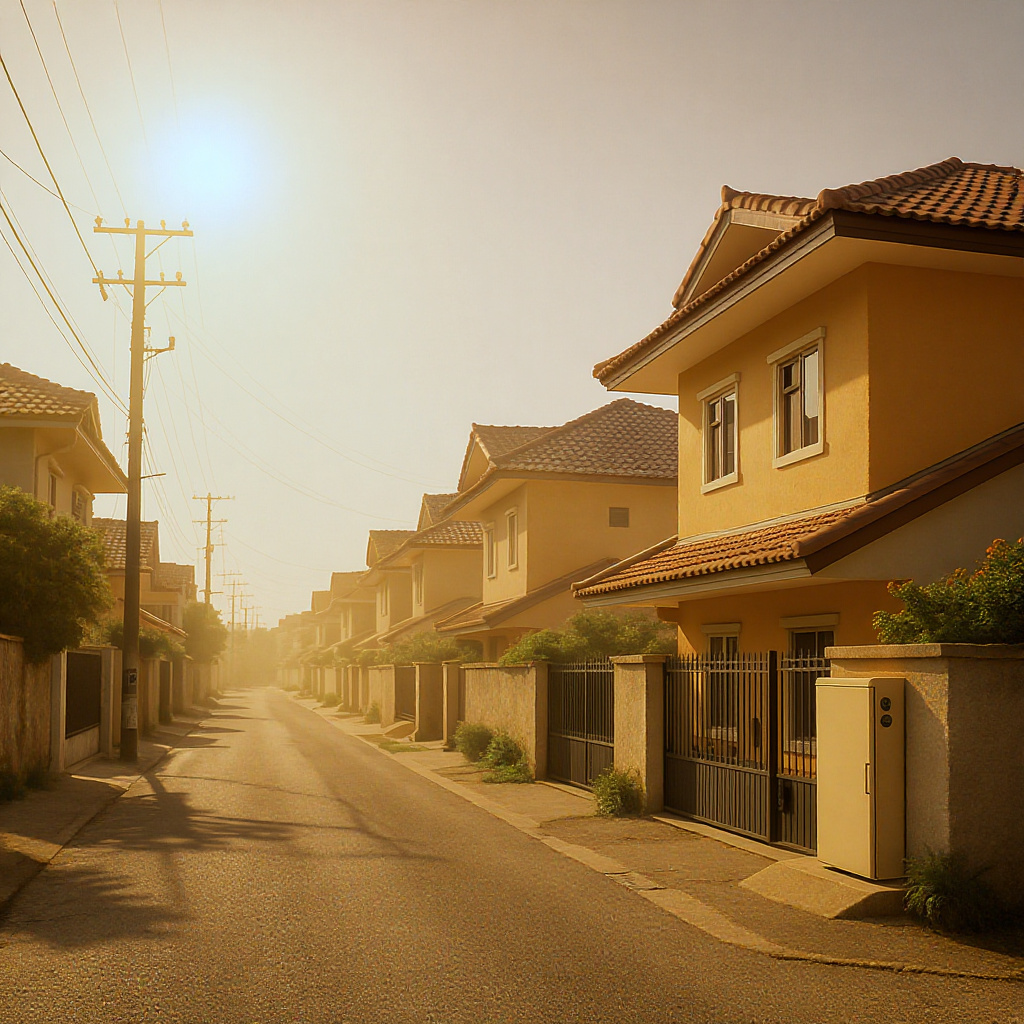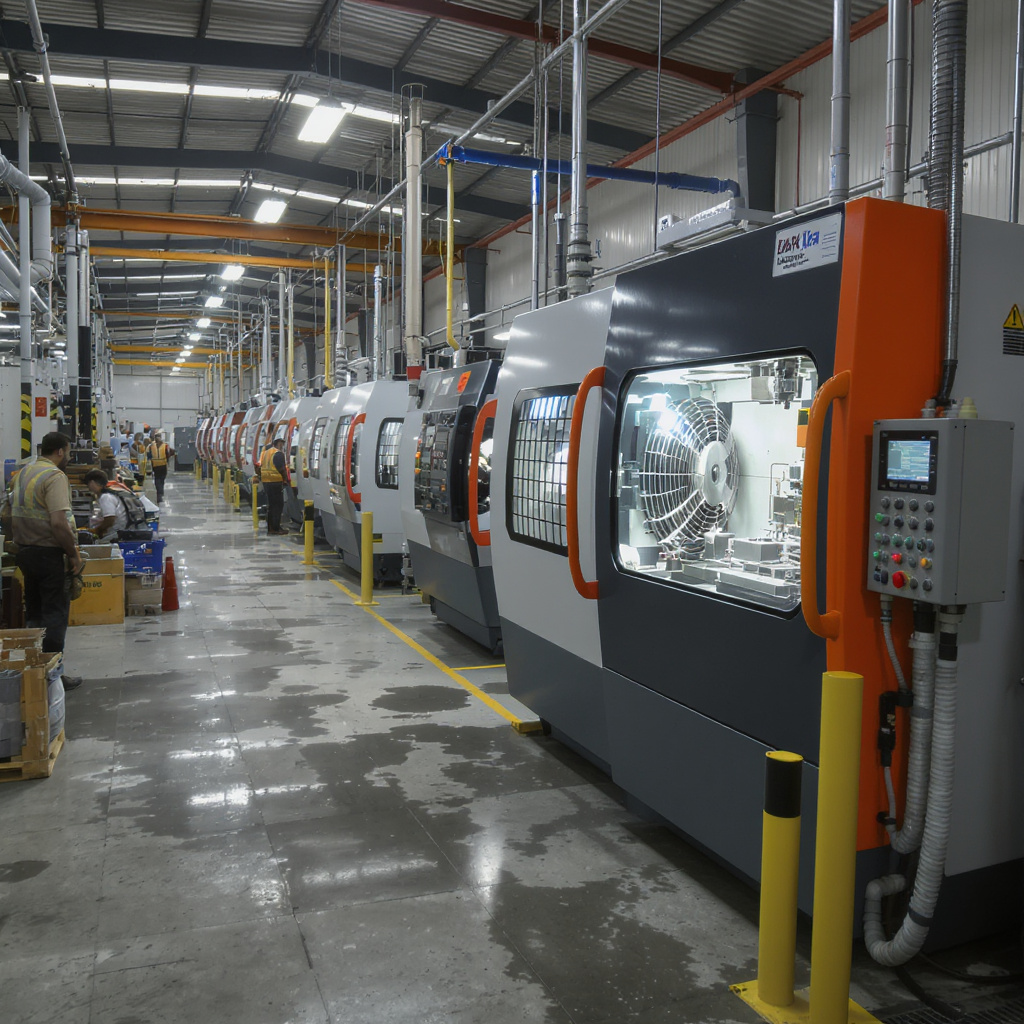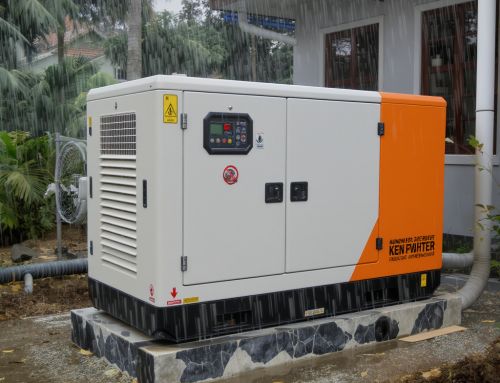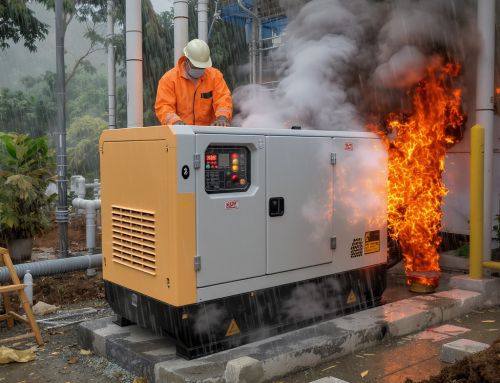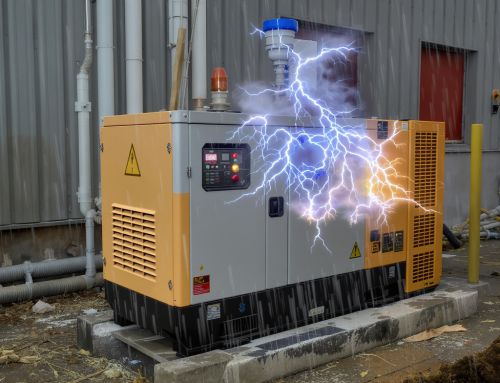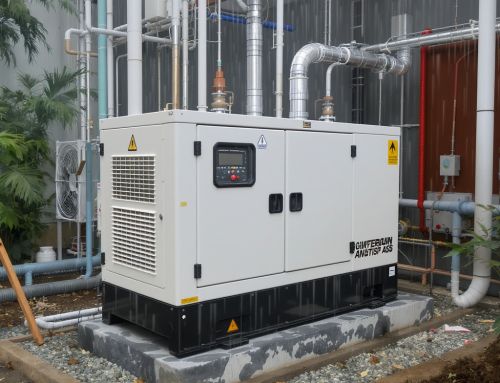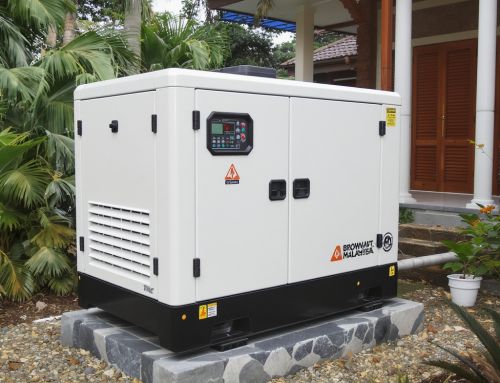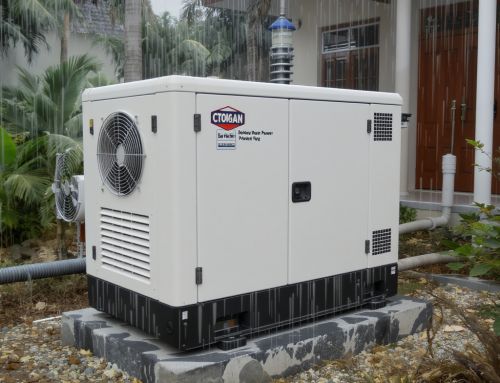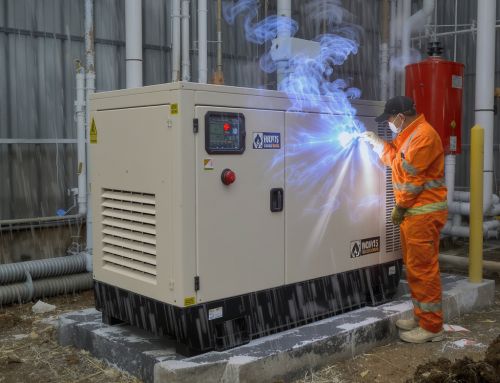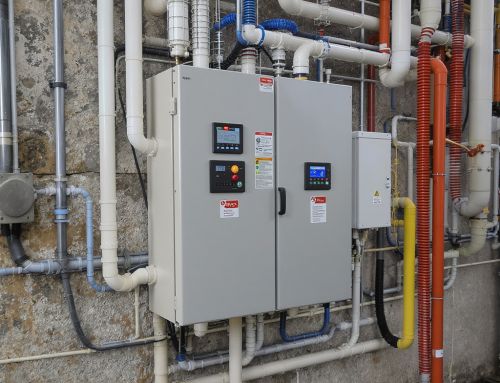Heatwave Grid Stress in Malaysia: Why Hybrid Backup Generators Make Sense for Homes and Factories
Across Malaysia, extreme heat days are putting unusual stress on the grid. Mid-afternoon demand spikes, voltage dips, and unexpected outages don’t just cause discomfort—they risk product losses on factory floors and compromise safety at home. A hybrid backup approach—pairing solar, batteries, and a right-sized generator—delivers dependable power during heatwaves while controlling fuel costs, noise, and emissions.
Unlike a single-technology solution, a hybrid system lets you optimise for both everyday efficiency and crisis performance. Batteries handle short disruptions and silent nighttime loads; solar offsets daytime consumption; and a standby generator automatically steps in for long outages, ensuring your essentials—and your operations—keep running.
What a hybrid backup looks like
For homes: rooftop PV charges a battery for evening use and short blackouts. When an outage exceeds the battery’s limit, an Automatic Transfer Switch (ATS) starts a quiet diesel genset to power critical circuits—lighting, sockets for Wi?Fi and fans, fridges, gate motors, and medical devices. This keeps comfort and safety intact even during multi-hour brownouts.
For factories: batteries cover transient dips and smooth machine restarts, while a diesel generator carries sustained loads—air compressors, CNC lines, chilled water pumps—until grid power stabilises. With proper sizing and ATS logic, production resumes quickly and rejects are minimised.
Benefits for Malaysian homes
• Comfort and safety during heatwave outages without over-relying on fuel. Battery-first operation is quiet, then the genset only runs when needed.
• Smarter ROI: solar offsets daytime consumption; battery reduces evening imports; the generator covers rare, long events. This balance lowers total cost of ownership compared to oversizing any single element.
• Right-sizing guidance: compact homes may rely on battery plus a small standby unit; larger properties or shared residences may prefer a 20–30 kVA class. See a representative option here: 30kVA MGM Generator.
Benefits for Malaysian factories
• Uptime over everything: avoid scrap, missed delivery windows, and damage from low voltage restarts. A correctly sized generator with ATS restores stable power in seconds.
• Energy strategy: let batteries buffer quick sags and provide ride-through; run the generator only for sustained deficits—reducing fuel burn per kWh compared to runtime-only designs.
• Compliance and safety: acoustic canopies help meet local noise expectations; spill containment and scheduled servicing ensure EHS compliance.
For small and medium factories, a 100–160 kVA class is a common starting point depending on motors, air compressors, and inrush current. Explore a mid-range example suitable for many facilities: 100kVA MGM Generator (Mark 12). Larger plants or clusters with peak machinery loads may require 250 kVA and above.
Sizing, placement, and acoustics
• Sizing: tally essential circuits (homes) or critical processes (factories), account for motor starting currents, then right-size the genset to complement solar and battery reserves.
• Placement: allow safe clearance, airflow, and service access; protect from monsoon splashback while ensuring proper exhaust routing away from windows and air intakes.
• Noise: modern canopies, flexible connectors, and anti-vibration mounts keep neighbourhood and workplace noise within acceptable bounds, even in dense urban settings.
• Fuel and maintenance: plan for clean fuel storage, periodic load testing, and oil changes so your generator starts perfectly when heatwave outages hit.
Why act before the next heat spike
Every hour of downtime during peak demand can cost a factory thousands in lost throughput and rework. At home, outages risk food spoilage, indoor heat stress, and compromised security. A hybrid backup design reduces these risks while controlling ongoing costs—battery-first for silence and efficiency, generator-backed for guaranteed uptime.
Ready to design a hybrid system for your site? Our team can help with load study, placement, and budget options. Reach us at genset@genset.com.my or call +60129689816. Prefer a quick consult? Contact us here to schedule a site survey and get a tailored proposal.

